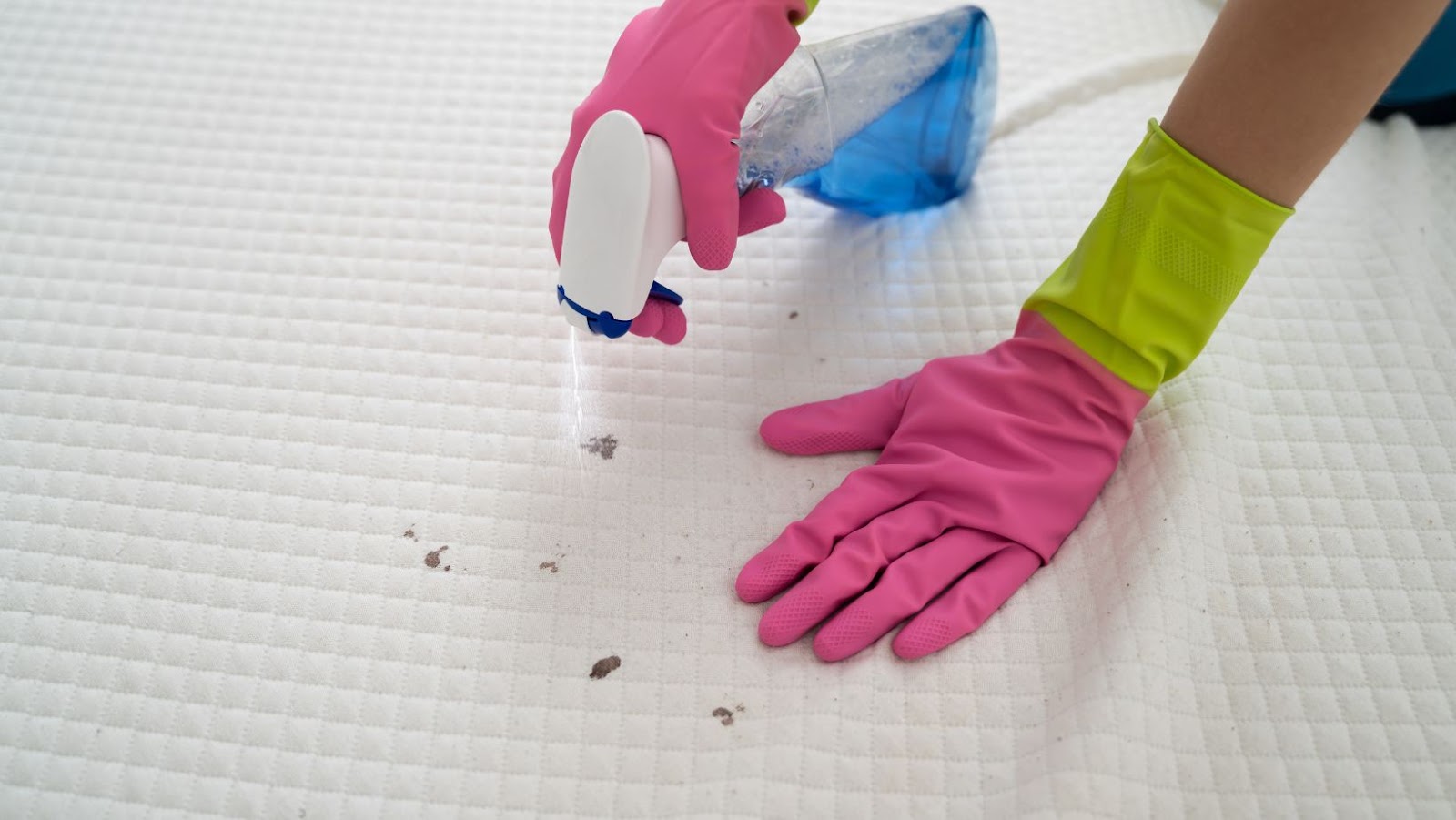The Proper Ways of Cleaning Up Blood Spills

There are certainties in our life that we don’t expect would happen. But unfortunately, many of us could even agree with the certainty that accidents could really happen. So whether you’re at home or at work, or across the road – you’ve got to manage situations that require careful attention, such as cleaning bodily fluids and chemicals.
Among the potential hazards to cleaning is blood spills. Those working in a high-risk environment should at least have undergone Bloodborne Pathogens Training. This is mainly because blood and all its components could risk or expose you to various bloodborne pathogens.
So, what are the right ways to clean up or deal with blood spills? That’s what you’re going to
learn in this article.
A Step-by-Step Tips and Procedure to Clean Blood Spills
If you are the owner or even a food handler employee of a company or business, it is vital that you have undergone training like Bloodborne Pathogens Training and follow the OSHA regulations accordingly.
Yes, there are conditions mandated that a business should meet to become government compliant, like the Bloodborne Pathogens Training for employees.
These are ten steps to cleaning up the blood.
Equip
First and foremost, you have to be equipped with gloves and all protective materials. These are essential, especially wearing a gown or any protective eyewear to protect you from any splashing. In addition, you have to ensure you have protective wear that would fit snugly and does not come with holes or any other issues about being compromised.
Remove
Using a dustpan, brush, or even a tong to remove pointed shards or broken glass should be done, as it would break through the protective wear you are using. Put each piece in the leak-proof container, and in no instance should you ever take off the objects using your hand.
Cleaning it Once
You should cover spills using cloth towels to help soak up the blood. With that, use disinfectant products that come with a spectrum to kill germs and disinfect the surface covered with blood. You should also discard the towels into the biohazard bag.
Clean Again
This is another cleaning session. You have to ensure there is appropriate ventilation if the spill is not in the open room. You should also pour most disinfectant products with a broader spectrum onto the spill’s surface and leave it until it soaks for about 10 minutes.

Once the time has passed, you must be able to work outside, just toward the center, while you scrub the area with cloth towels. Afterward, put towels in a biohazard bag.
Another Cleaning Session
Now that you’ve dampened some cloth towels, as well as treated areas of blood spill again, you can discard the towels in the biohazard bags. Let the area dry after.
Disposal
Now, you can safely dispose of your PPE into the biohazard bag – all gowns, gloves, and glasses you use. This is the best preventive measure, and you have to make sure that some surfaces aren’t contaminated in the process.

You must also seal or cover the bag and put it into another bag. Seal and put a mark with a biohazard label. It’s also best to contact local health departments for the right disposal.
Decontaminate
To decontaminate, make use of disinfectant products. It will decontaminate reusable equipment like brooms, dustpans, tongs, and buckets. Once done, you may already scrub the equipment and wash it with clean and fresh water.
Checking
Run a last check or monitor your body for possible contamination. This is important to know if you’ve been exposed. Having someone who will assist you with this procedure is highly recommended.
Wash Your Hands Thoroughly
Now, wash your arms and hands with disinfectant soap and warm water. If you have to do it all over again, then it would be better to ensure that your hands are not contaminated. Once done washing, you might also choose to consider using wipes to serve as your secondary measure.
Report
Your business may also require you to fill out the incident report. Don’t forget to do this once you’re done cleaning up blood spills. That way, you have documentation, and all details will be raised to the management of the company.
Wrapping Up
Working in high-risk places is not an easy thing. However, as part of the company, you must make sure of the safety of yourself and those you are working with. Hopefully, the communication and implementation of these ten procedures have helped you and raised your awareness when cleaning the blood.
And if you have a blood spill and that cleaning can’t be done yourself, do not hesitate to contact those professionals or cleanup companies to get the job done right. They are experts in this field and have undergone Bloodborne Pathogens training already.
-
Quotes1 year ago
30 Inspirational Thoughts For The Day
-
Self Improvement1 year ago
7 Tips To Recreate Your Life In 3 Months And Change Your Destiny
-
Motivation1 year ago
5 Excellent Ways To Stay Focused On Your Dreams
-
Quotes1 year ago
21 Quotes About Chasing Perfection And Striving For It
-
Health1 year ago
4 CBD Products Your Dog Deserves To Have
-
Personal Finance2 months ago
How Do I Find My UCAS ID Number?
-
Entrepreneurs1 year ago
1Password Evaluation – The Highest Ranked Password Manager Out There
-
Entrepreneurs2 years ago
51 Lucrative Ways to Make Money From Home


























